In January, we announced our investment into Vector Photonics as part of a £2.4m investment round. This week, whilst at the 2023 Optical Fiber Communication Conference in California, Vector Photonics revealed their 1 Watt PCSEL (Photonic Crystal Surface Emitting Laser) project for datacom. This is a breakthrough in laser technology, representing 10x the power targeted by current laser manufacturers and will enable higher performance for the next generation of network switches, the devices managing the flow of data to, from and within a data centre. Crucially, it also offers power savings aimed at reducing the high energy demand and associated emissions of data centres – a key reason for Clean Growth Fund’s investment.
The problem: data centres are power hungry
Data centres and data transmission networks were estimated to account for 2-3% of global electricity usage in 2020. That equates to 220-320 TWh and emissions of ~300 million tonnes CO2-eq according to the IEA. These figures are expected to increase as demand for data centre services grows exponentially; internet traffic grew 440% in the six years to 2021 and shows no sign of stopping. Estimates have pointed to total information and communications technology (ICT) electricity demand, driven primarily by networks and data centres, reaching as much as 21% of global electricity demand by 2030.
Leading data centre operators, including Amazon, Microsoft and Google, have committed to ambitious net zero targets and, whilst they’re already leaders in having renewable power purchase agreements (PPAs), the electricity grid and backup generators that they continue to rely on are far from decarbonised. It is therefore imperative that data centres continue to make energy efficiency improvements to compensate for an exponential growth in their demand.
The solution: high efficiency laser light for low power networks
Data centre ‘networks’ form the backbone of the data centre and make a significant contribution to their energy demand. Primarily, the energy demand for networks results from network switches – devices that manage the flow of data packets to, from and within the data centre. Lasers are the core optical component of the network switch and as the next generation of switches seek greater and greater electrical efficiency, their optical power requirements are set to increase to >50% of the total.
Vector Photonics aims to reduce the power demand of network switches through use of their PCSELs, a new type of laser offering benefits in power, efficiency, reliability and cost.
The company expect their lasers to be more than twice as efficient as existing technology, which when combined with reductions in cooling requirements, results in potential direct savings of >750 GWh of electricity per year by 2030. Furthermore, in providing high power at high efficiency, the PCSEL is also enabling for the next generation of network switches, solving challenges relating to space constraints, thermal management and reliability. This next generation will drive power reductions by achieving higher bandwidth switching (more data packets transmitted) for a given power, yielding even greater indirect electricity savings. In addition, by providing power 10x the alternative, Vector Photonics can reduce up to 10x the number of lasers required, amounting to significant savings in embodied emissions and cost, and a reduction in potential points of failure in a network switch (improving the yield and lifetime of these devices).

First data centres, then the world
The PCSEL is a platform technology, meaning it can be applied across a number of different sectors. It offers wide flexibility in wavelength and power scaling beyond 1 Watt to kWs, whilst also being possible to manufacture at low cost. As an example, Vector Photonics aim to deliver a >60% reduction in the energy requirement for processing steps in Additive Manufacturing by displacing less efficient lasers and enabling a reduction in processing time of up to 90%. PCSELs will also target other material processing applications (the opportunity for which has already been highlighted), as well as quantum computing, optical sensing and Lidar (supporting autonomous vehicles) – all of which can contribute to the varied challenges of achieving net zero.
Clean Growth Fund are excited to be partnering with the Vector Photonics team as they pioneer a revolution in laser technology, and importantly, as they deliver power savings to energy and emissions-intensive data centres and beyond. You can find out more on Vector Photonics’ website

